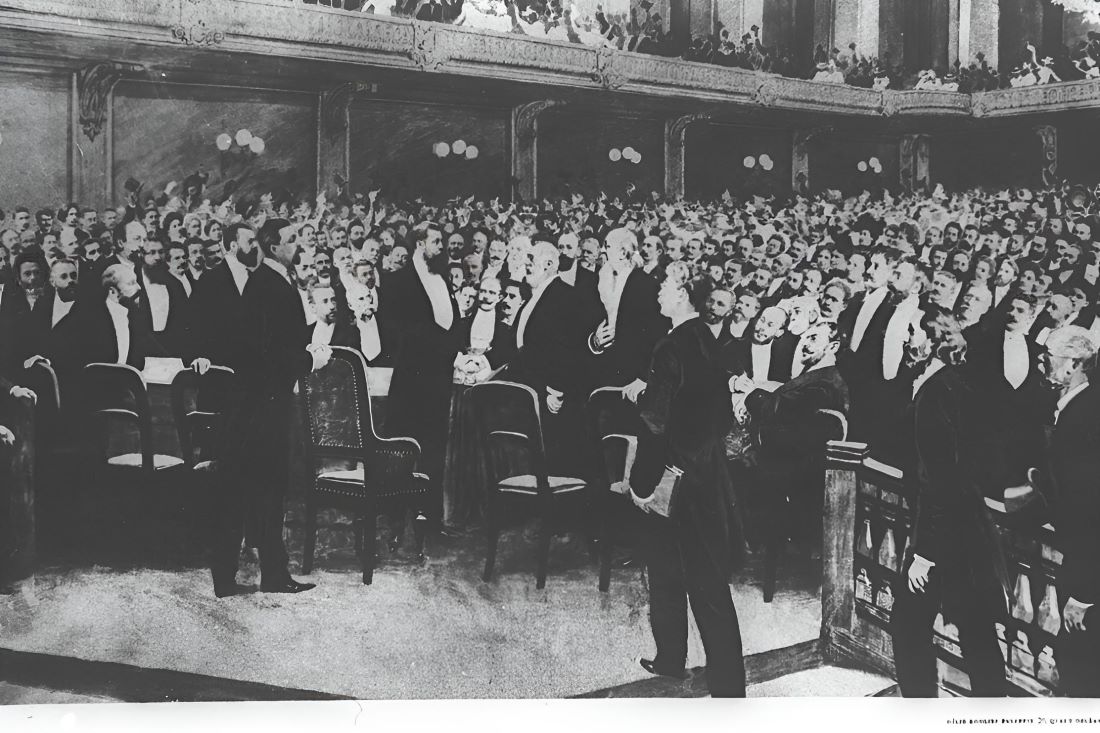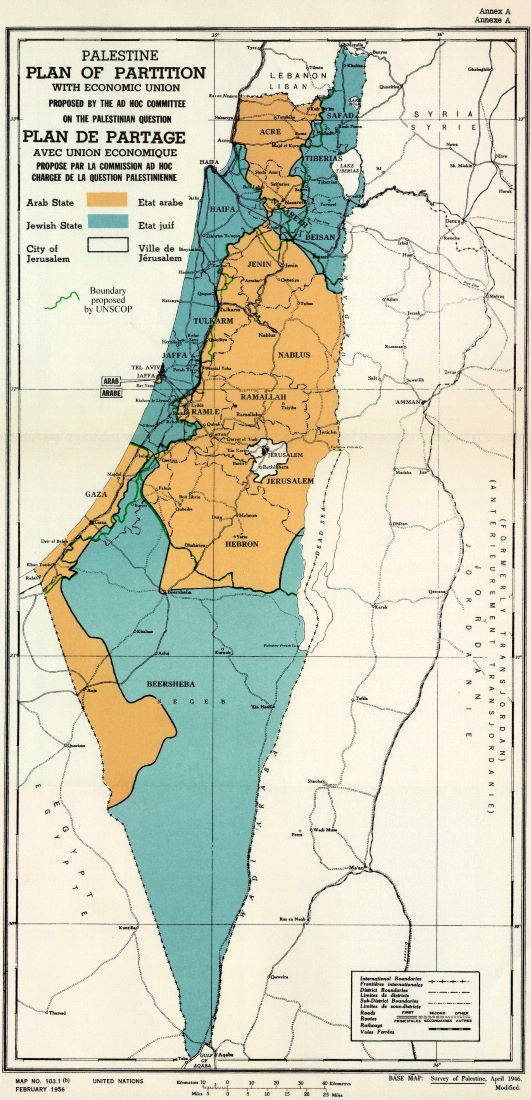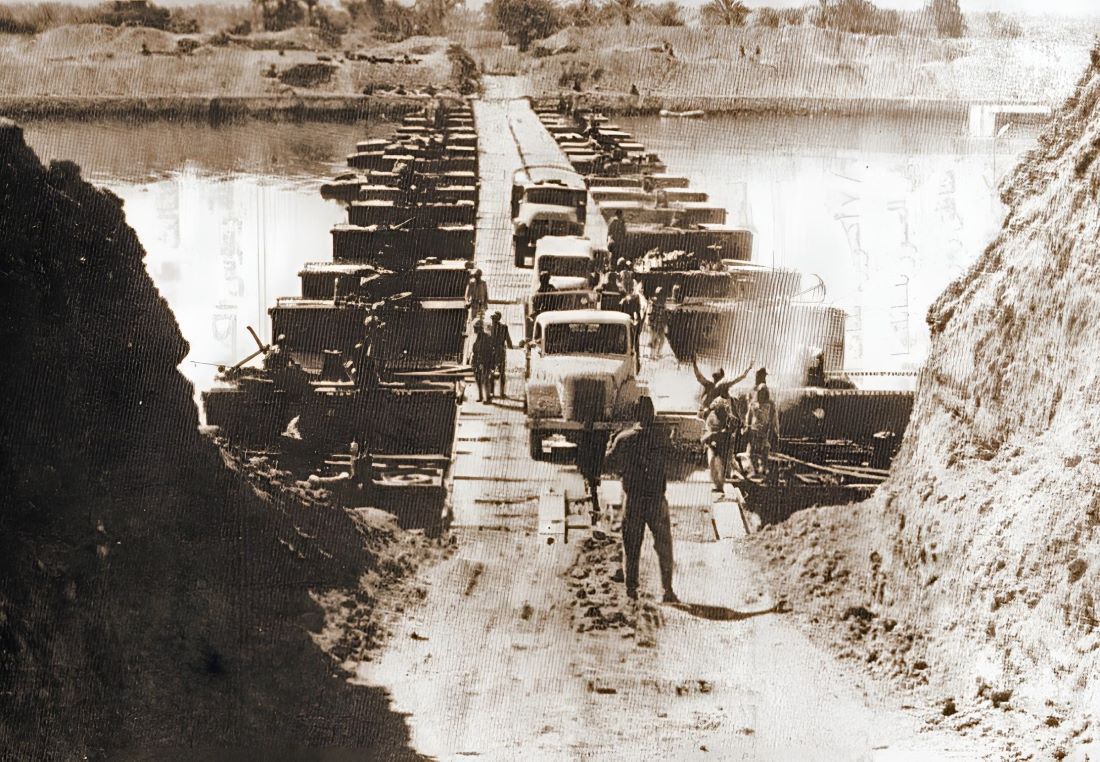The Wars of Israel and their endless conflict is a topic that frequently provokes thought, not only among historians and political scientists but also among the general public. What is the cause of the almost perpetual war that the Jews and the State of Israel have been engaged in since 1948, and was there a way to avoid this tragic chapter of history? It’s crucial to acknowledge that the insights presented herein come from the perspective of a historian who is distanced from the conflict zone. Nevertheless, these reflections may encourage further contemplation among readers.
The Roots of the Wars of Israel
The historical presence of the Jewish people in Palestine dates back as far as the stories of King Solomon and the construction of the First Temple in Jerusalem. This era can be characterized as a golden age for the Jewish people. Despite the various conquerors who came and went, the most significant suffering in the ancient period is associated with the arrival of the Roman conquerors.
Historical records document several Jewish rebellions against Roman rule, which ultimately led to the dispersal of the Jewish population across different regions. This dispersal marked the beginning of a long period of Jewish absence from the region, during which, in the 7th century, Arabs began to settle in Palestine, gradually becoming the absolute majority. Meanwhile, smaller Jewish communities persisted but had little influence on the general population.

Following the establishment of the Zionist movement in the 19th century, there emerged a mass aspiration among Jews for a return to Palestine and the establishment of their state. From 1880, when about 24,000 Jews were living in Palestine, the number increased to 429,000 by 1939. After World War I, the administration of what was then called “Mandatory Palestine” was handed over to Great Britain by the League of Nations. Britain struggled, or ultimately failed, to curb the growing animosity between Arabs and newly settled Jews. Despite having a constant garrison of tens of thousands of soldiers in the area, Britain could not suppress the conflicts of lower intensity that emerged.
The 20th century, especially World War II and the Holocaust, significantly changed the Jewish diaspora’s relationship with the concept of a national homeland. The systematic extermination of nearly six million Jews underscored a desperate need for a secure haven where Jews could manage their fate and protect themselves from unprecedented persecution. This era catalyzed the urgency of the Zionist movement to re-establish a Jewish state, framing it as an existential necessity rather than merely a historical or spiritual ambition. In this context of loss and resurgence, the modern effort for a Jewish homeland gained undeniable momentum, seeking to transform the Jewish plight from vulnerability into sovereignty by establishing the state in 1948.
The Birth of Israel and the 1948 War
The State of Israel was proclaimed on May 14, 1948, marking a pivotal moment in Jewish history and the culmination of decades of Zionist efforts. This declaration came on the eve of the British Mandate’s expiration, setting the stage for a new chapter in the region. Immediately following the announcement, neighboring Arab states, including Egypt, Jordan, Syria, and Iraq, declared war on the nascent state, rejecting the UN partition plan that proposed the establishment of separate Jewish and Arab states within Palestine.
The early stages of the war saw Arab forces making significant inroads into Israeli territory. However, despite being outnumbered and facing formidable challenges, Israeli forces managed to not only repel the Arab advances but also to secure critical victories.

By the conclusion of the 1948 Arab-Israeli War, Israel had expanded its control beyond the boundaries set by the UN partition plan, securing significant portions of what had been designated as Arab territory in Palestine. This included key areas such as West Jerusalem and parts of the Negev Desert, fundamentally altering the geopolitical landscape of the region.
The armistice agreements signed in 1949 formalized these territorial gains, although they did not result in lasting peace. Instead, this conflict served as the precursor to the ongoing series of confrontations and wars between Israel and its Arab neighbors, collectively referred to as the “Wars of Israel.” The 1948 war not only established Israel’s sovereignty but also set the stage for the enduring conflict and complex geopolitical dynamics that continue to characterize the Middle East.
Key Battles in the Wars of Israel
Following the foundational conflict of 1948, Israel has been engaged in a series of major wars and confrontations, each shaping the nation and its relations with its neighbors.
Suez Crisis (1956): This conflict erupted when Egypt nationalized the Suez Canal, previously controlled by British and French companies. Israel, alongside Britain and France, launched a military campaign aimed at regaining Western control of the canal and removing Egyptian President Gamal Abdel Nasser. The conflict ended with a political settlement, but it significantly enhanced Israel’s regional position by securing navigation rights through the Straits of Tiran.
Six-Day War (1967): In a preemptive strike against Arab military mobilization, Israel launched attacks against Egypt, Jordan, and Syria. Within six days, Israel achieved a stunning victory, capturing the Sinai Peninsula, Gaza Strip, West Bank, East Jerusalem, and the Golan Heights. This war significantly altered the Middle East’s geopolitical landscape, leading to new dimensions of the Israeli-Palestinian conflict.

Yom Kippur War (1973): Egypt and Syria launched a surprise attack on Israel during the Yom Kippur holiday. Despite initial Arab successes, Israel managed to repel the invasions and make significant territorial gains before a ceasefire was brokered. This war led to a reassessment within Israel regarding its security and sparked peace negotiations with Egypt.

Lebanon War (1982): Israel invaded Lebanon in response to attacks from the PLO, which was based there. The aim was to eliminate PLO bases and support the establishment of a pro-Israeli government in Lebanon. The conflict resulted in the PLO’s expulsion from Lebanon but also led to significant casualties and the emergence of Hezbollah.
The subsequent years saw the rise of the First Intifada (1987-1993) and the Second Intifada (2000-2005), periods of intensified Israeli-Palestinian violence. These uprisings marked significant shifts in the conflict, highlighting the Palestinian struggle for independence and the deepening divisions between the two peoples. The Intifadas brought widespread international attention to the conflict and led to various attempts at peace negotiations, but a lasting resolution has remained elusive.
To this day, the Wars of Israel continue, manifested in periodic escalations and confrontations, including operations in Gaza and Lebanon, and ongoing tensions with various factions across the region. These conflicts, while varied in their specifics, collectively underscore the enduring complexity and volatility of the Israeli-Palestinian and broader Arab-Israeli conflicts.
Final Thoughts about the Wars of Israel
The Wars of Israel have emerged from the Jewish people’s deep-seated desire to take their destiny into their own hands by establishing a state on the lands of their ancient ancestors, where they see their roots. Conversely, the Arabs, present in the region for over a millennium, possess an undeniable right to exist in this space. The inability of these two communities to find a path to coexistence and agreement has led to an endless cycle of conflict, casting a shadow of tragedy over both peoples.
This enduring struggle serves as a poignant reminder of the complexities of national identity, the profound impact of historical claims on modern geopolitics, and the urgent need for dialogue, understanding, and peace. As we reflect on the tumultuous history of this region, it becomes clear that the path to reconciliation requires not only acknowledging the deep historical ties each group has to the land but also a shared commitment to forge a future where mutual respect and coexistence can flourish. Only then can the cycle of conflict be broken, allowing both Israelis and Palestinians to write a new chapter in their shared history, one that moves beyond the scars of the past towards a horizon of hope and peace.
Historical Challenge: Can You Conquer the Past?
Answer more than 18 questions correctly, and you will win a copy of History Chronicles Magazine Vol 1! Take our interactive history quiz now and put your knowledge to the test!

